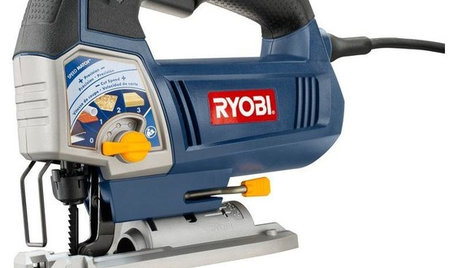My shop has a big old Milwaukee drill press. I'm not sure of the exact age, but the motor has a 1913 patent date, so I figure the drill press is probably from the 1920's or earlier.
It has a floor mounted 220 volt 1.5 HP motor, which drives 2.5 inch wide leather belts on the drill press through a rubber-belted drive wheel.
It works fine, but I'm not sure what oil or grease to use in the lubrication cups. I have tried 20/50, 50w motor oils, but they seem to disappear. Most recently I tried 140 weight gear oil, and filled the cups with that, but it seemed to leak out through the bearing housing/shaft joins.
So I'm thinking maybe this thing needs some sort of grease, but I don't want to clog it up with something too thick.
Anybody have any idea what type of lubricant would be best for the cups? There are also smaller blind holes in various strategic locations, which I figure are ok with a few drops of oil now and then, but the oil/grease cups have me stymied.








spambdamn_richOriginal Author
mla2ofus
Related Professionals
Dallas Furniture & Accessories · Savannah Furniture & Accessories · Discovery Bay Furniture & Accessories · Moraga Furniture & Accessories · Bartlesville General Contractors · Great Falls General Contractors · Green Bay General Contractors · National City General Contractors · Norfolk General Contractors · North Smithfield General Contractors · Panama City Beach General Contractors · Sun Prairie General Contractors · Columbus Siding & Exteriors · San Jacinto Siding & Exteriors · Tustin Siding & Exteriorsspambdamn_richOriginal Author
noworries
noworries
gooseberry_guy
spambdamn_richOriginal Author
spambdamn_richOriginal Author
gooseberry_guy
spambdamn_richOriginal Author
mla2ofus
john_in_ma
spambdamn_richOriginal Author
spambdamn_richOriginal Author
john_in_ma
spambdamn_richOriginal Author
john_in_ma
jasone83
Sombreuil
Graysim designs